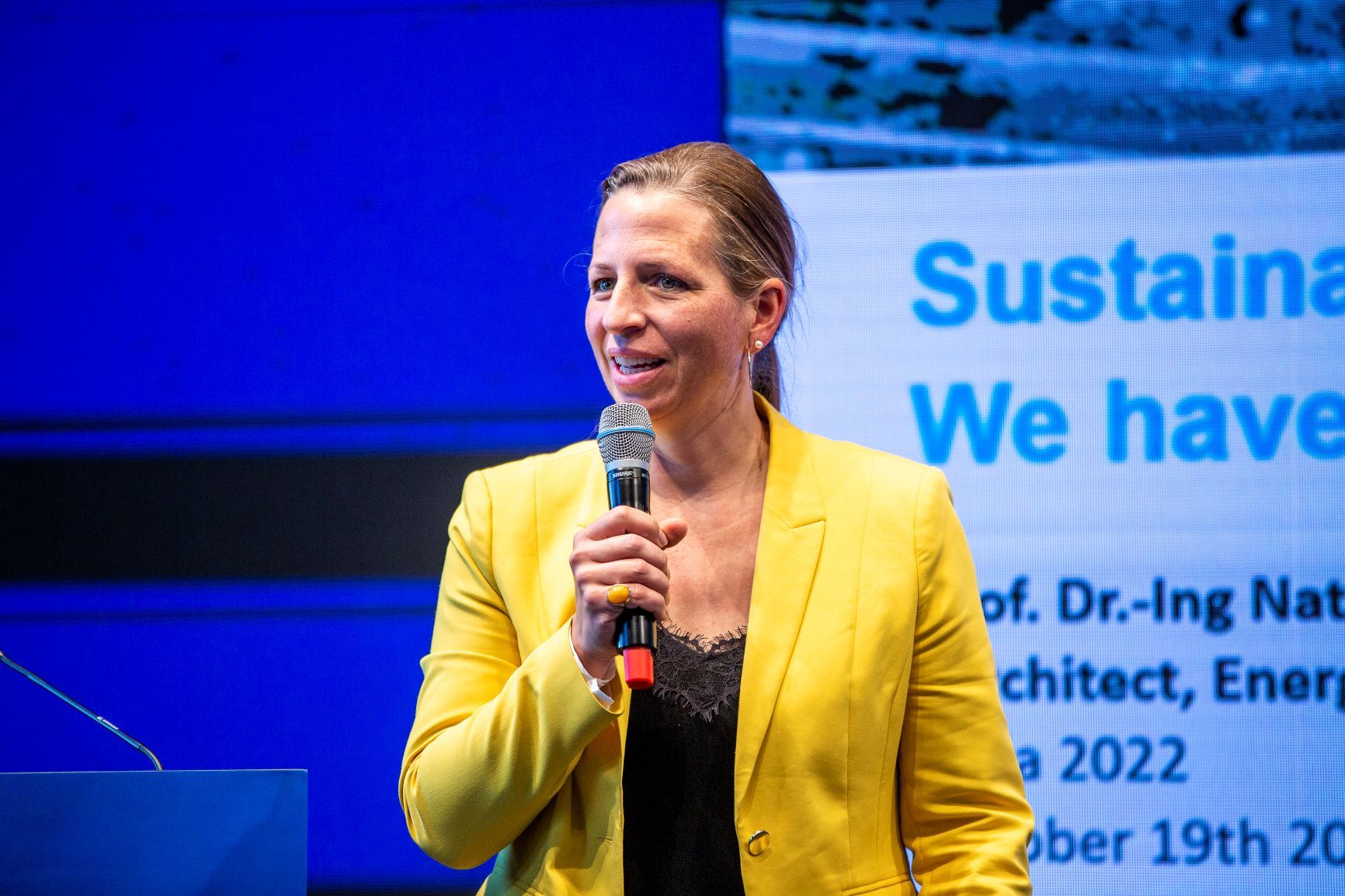1. What do you consider to be a sustainable building?
For me, sustainable construction entails constructing or renovating our buildings more efficiently while using more consistent and less resource- and technology-intense methods. Whether new construction or renovation of buildings - a holistic, life cycle-oriented approach is required for all construction projects. Consideration must not only be given to the construction costs, but also the entire life cycle of the building materials and the building itself, including production, use, maintenance, and dismantling. Already during the planning phase, building materials must be considered that are recyclable or consist of renewable raw materials, as well as those that can flow back into the resource cycle. Circular construction must be in the foreground.
2. What role does the building material play in all this?
Apart from environmental aspects, the selected building materials must also not have a negative impact on health. In addition to the construction cost calculation, a calculation of the costs over the entire life cycle of a building or building material should be carried out. If all these aspects are included at an early stage in the planning of renovations and new building projects and if they are considered in combination with each other, then nothing stands in the way of a sustainable, i.e. environmentally friendly, economical and healthy building.
3. Which construction materials do you consider to be sustainable?
As a principle, the life cycle concept plays an important role in the sustainability assessment of building materials. In this regard, the focus lies on the service life duration and the application of reused, recycled or regional materials, as well as the use of renewable energy for the material production processes. Furthermore, during the installation of materials and the construction of a building, "end-of-life", i.e. dismantling and recycling, must be considered. With the help of a life cycle assessment, CO2 emissions and "embodied energy" over the entire life cycle of a building can already be determined in the planning phase.
